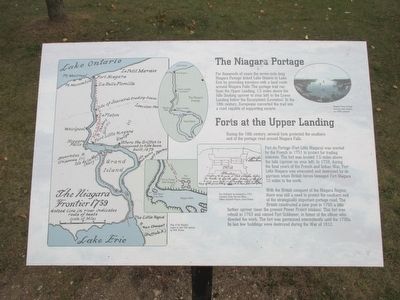Imagine it’s the early 20th century in the bustling industrial town of Clifton, New Jersey. The year is 1917, and the world is embroiled in the chaos of World War I. Amidst this backdrop, a local telephone operator named Tessie McNamara becomes an unexpected heroine. Tessie worked at the Public Service Electric and Gas Company plant, which was pivotal for the town’s operations. On the morning of March 20, 1917, a catastrophic explosion occurred at the plant, threatening the lives of over 1,400 workers.
As chaos erupted, Tessie McNamara remained at her post. With a calm demeanor, she worked tirelessly to send out warnings over the telephone lines, urging workers to evacuate immediately. Her quick thinking and bravery saved countless lives that day, earning her recognition as a local hero. This event was not just a testament to her courage but also highlighted the crucial role of communication during emergencies.
Following the incident, Tessie became a celebrated figure, embodying the resilience and determination of the community. Her actions were widely covered in the media, turning her into a national symbol of heroism. Over the years, her story has been preserved as a poignant reminder of the human capacity for bravery in the face of danger.
The location where Tessie performed her heroic act has evolved over the decades. While the original plant is no longer operational, the site serves as a historical marker, commemorating her bravery. Tessie’s legacy continues to inspire, and her story is an integral part of Clifton’s rich history. Today, the location stands as a testament to the spirit of those who have shaped the community through acts of courage and selflessness.
As you pass by this historical site, take a moment to reflect on the extraordinary bravery of Tessie McNamara. Her story is a powerful reminder of the impact one individual can have in times of crisis. The site remains a place of homage, where the past is honored, and the lessons of history continue to resonate.



